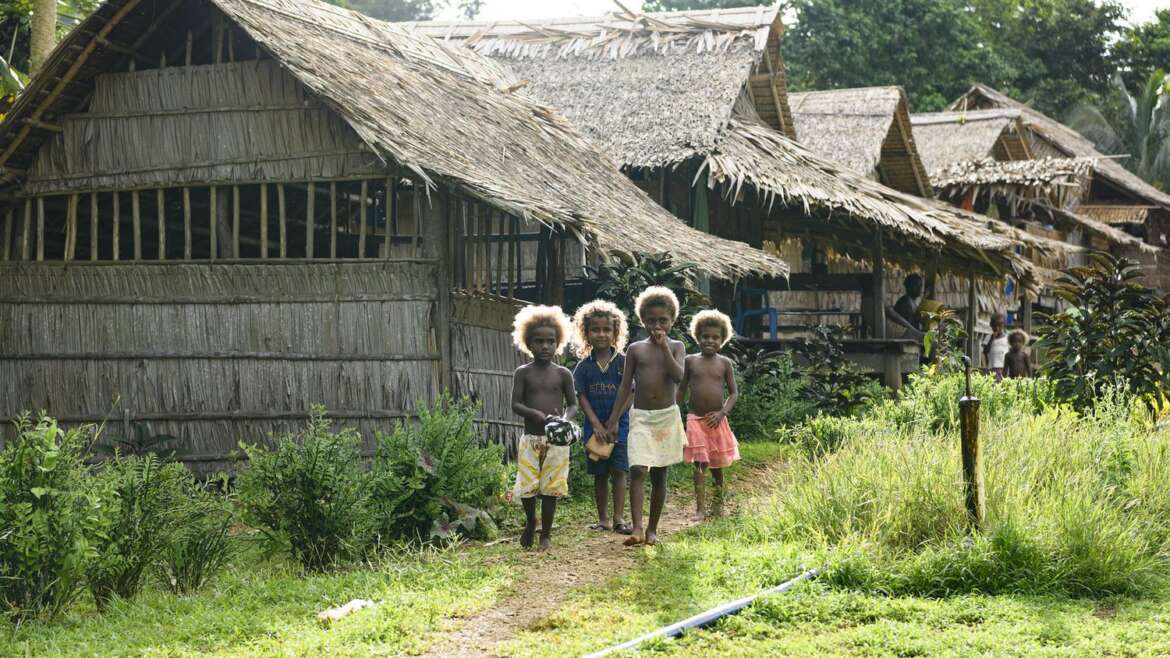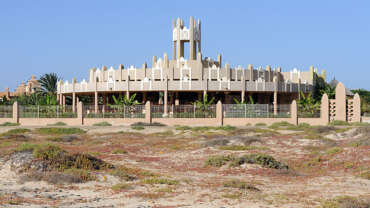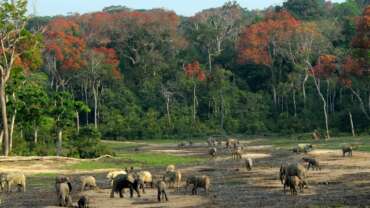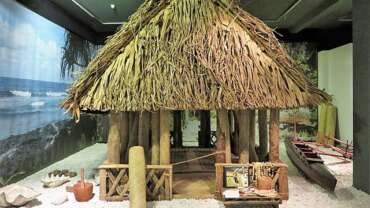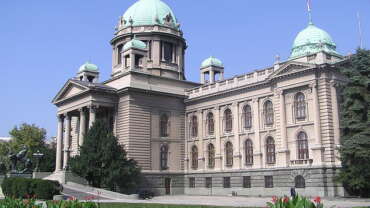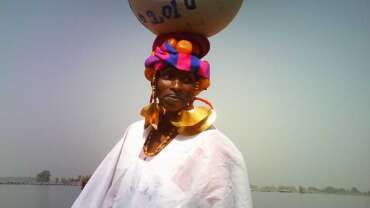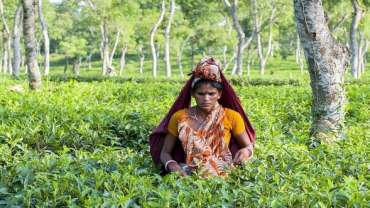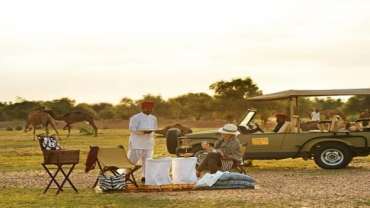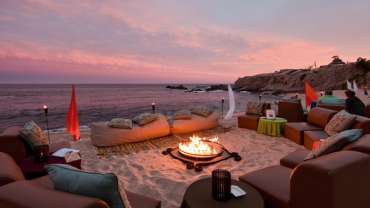Welcome to Solomon Islands!
The Solomon Islands, a nation of hundreds of islands in the South Pacific, has many WWII-era sites. Guadalcanal, a province and one of the archipelago’s largest islands, honors fallen Allied soldiers at its U.S. War Memorial. Guadalcanal is also home to the nation’s capital, Honiara, whose bustling Central Market showcases the islands’ produce and traditional handicrafts.
Almost 1000 islands
The Solomon Islands are an archipelago of 992 tropical islands and atolls, scattered in a gentle curve. They comprise two major parallel island chains extending some 1800 kilometres from the Shortland Islands in the west to Tikopia and Anuta in the east.
History of Solomon Islands
Prehistory
The Solomon Islands were initially settled by at least 2000 BCE—well before the archaeological record begins—probably by people of the Austronesian language group. Pottery of the Lapita culture was in use in Santa Cruz and the Reef Islands about 1500 BCE. Material dating to about 1000 BCE has also been excavated at Vatuluma Cave (Guadalcanal), on Santa Ana Island, and on the outlying islands of Anuta and Tikopia.
European presence on the islands
The first European to reach the islands was the Spanish explorer Álvaro de Mendaña de Neira in 1568. Subsequently, unjustified rumours led to the belief that he had not only found gold there but had also discovered where the biblical king Solomon obtained the gold for his temple in Jerusalem. The islands thus acquired the name Islas de Solomón. Later Spanish expeditions to the southwest Pacific in 1595 and 1606 were unable to confirm the discoveries reported by Mendaña. Geographers came to doubt the existence of the group, and it was not until the late 18th century, after further sightings by French and English navigators, that the Solomons were accurately charted. After the settlement of Sydney by the English in 1788, naval and commercial shipping began increasingly to pass through the Solomons’ waters.
Roman Catholic missionaries failed to establish a settlement in the 1840s but did so in 1898. Anglican missionaries, who had been taking islanders to New Zealand for training since the 1850s, began to settle in the Solomons in the 1870s. Other missions arrived later.
Establishment of colonial rule
By the late 19th century the islands were being exploited for labour to work the plantations of Fiji and other islands and of Queensland, Australia. About 30,000 labourers were recruited between 1870 and 1910. To protect their own interests, Germany and Britain divided the Solomons between them in 1886, but in 1899 Germany transferred the northern islands, except for Buka and Bougainville, to Britain (which had already claimed the southern islands) in return for recognition of German claims in Western Samoa (now Samoa) and parts of Africa. The British Solomon Islands Protectorate was declared in 1893, partly in response to abuses associated with labour recruitment and partly to regulate contacts between islanders and European settlers but mainly to forestall a threat of annexation by France. Colonial rule began in 1896. Although generally humane, administrators were more concerned with promoting the interests of European traders and planters than those of the islanders, and islanders were punished harshly for offenses against colonial law and order. The murder of government tax collectors by members of the Kwaio ethnic group on Malaita in 1927 was answered with a savage punitive expedition, backed by an Australian warship, that burned and looted villages and killed many of the Kwaio. Together with some of his associates, Basiana, the leader of the tax collectors’ killers, was hanged, and his young sons were forced to witness the execution.
People of Solomon Islands
Most of the people live in small rural villages. They engage mainly in subsistence gardening, pig raising, and fishing but are also involved in the cash economy.
The vast majority of the population is ethnically Melanesian. Polynesians, who form a small minority, live mainly on outlying atolls, principally Ontong Java Atoll, Bellona, Rennell Island, the Reef Islands, the Stewart Islands (Sikaiana), Tikopia, and Anuta. There are also small numbers of Chinese and Europeans and of Gilbertese from Micronesia who were resettled on Ghizo and Vaghena islands between 1955 and 1971 by British administrators seeking to alleviate overpopulation in the Gilbert Islands (now Kiribati).
Almost all Solomon Islanders are Christian; most are Protestant (mainly Church of Melanesia [Anglican]), with smaller numbers of Roman Catholics and members of other denominations. A small minority practices traditional beliefs. More than 60 languages and dialects are spoken. English is the official language, but Pijin, an English-based Melanesian pidgin, is the language that is most widely used and understood.
Cultural Life of Solomon Islands
Much of traditional culture endures. Crafts are promoted by the Solomon Islands National Museum, established in 1969 in Honiara, and dances and music are regularly performed. Panpipes and percussive “bamboo bands” (assemblages of drums made of bamboo) are popular. An indigenous literary movement developed in the late 20th century; the writing is in English and mostly published in Solomon Islands. For a more detailed discussion of the culture of Solomon Islands, see Melanesian culture.
Honeymoon & Romance in the Solomon Islands
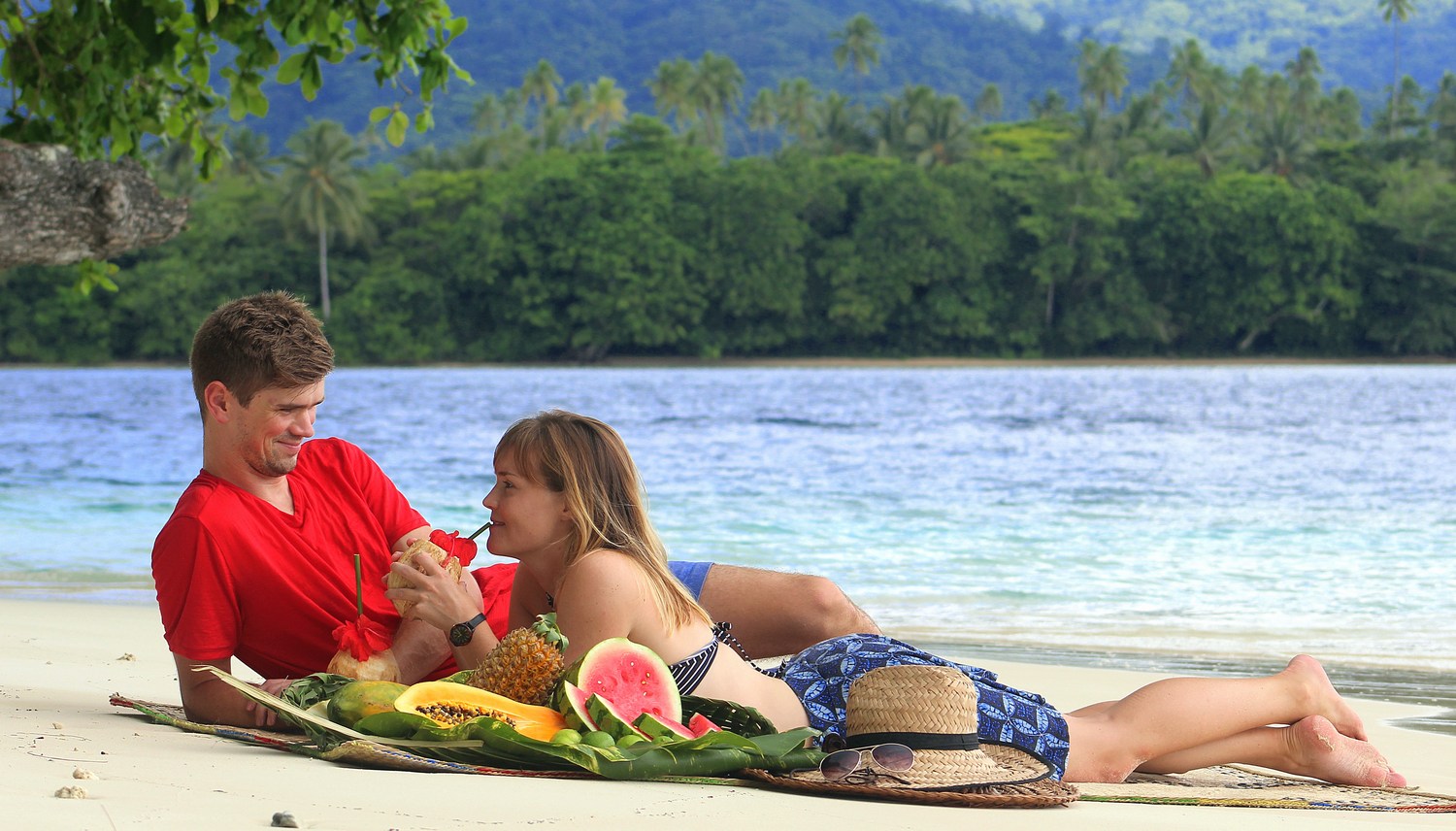
The perfect retreat
Imagine a honeymoon or romantic retreat at one of the Solomon’s exotic resorts. Peaceful, relaxing, remote and private, you can expect idyllic scenery and great service. Drink coffee on the deck in the mornings and arrange a romantic dinner by the water at dusk.
Islands and beaches
Romance and tropical islands just go together. Cast yourself away on one or hop between them – you’ve got almost a thousand to choose from. Their enchanting beauty is the perfect setting for an intimate wedding or romantic getaway.
Original experiences
For a romantic escape with a difference, for those with a taste for adventure and getting away from the well-trodden mini-break, the Solomon Islands is for you. Bring your snorkel gear, walking shoes, camera and a bottle of champagne and celebrate life.



